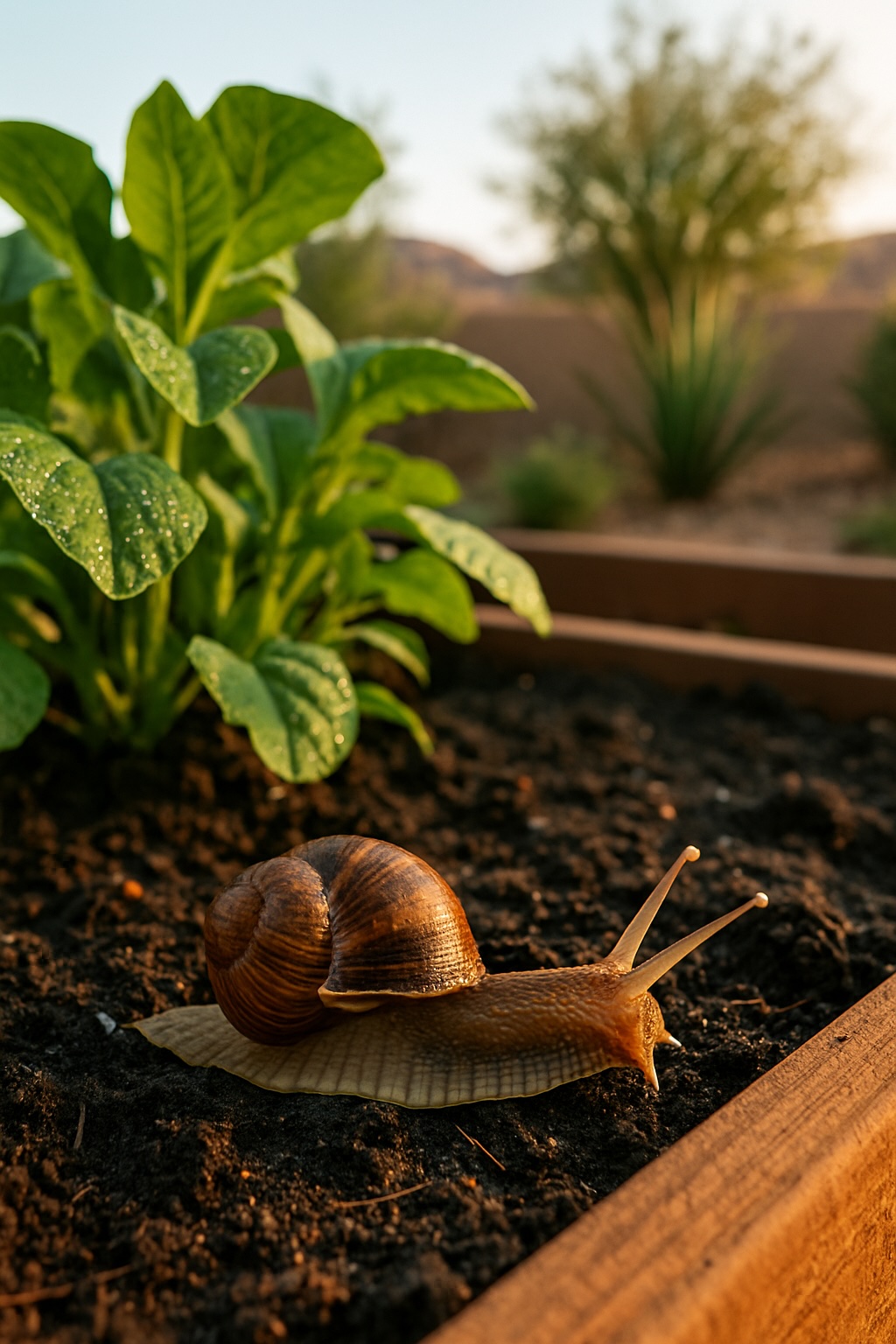
Why Slugs and Snails Are a Problem in Bellevue
☔️ Damp weather and shady yards make Bellevue a slug paradise
Bellevue’s cool, moist Pacific Northwest climate offers near-perfect conditions for slugs and snails. These pests thrive in shady, damp spaces—especially during spring and early summer. Gardeners frequently notice irregular holes in leafy plants like hostas, lettuce, spinach, and strawberries. Slime trails, chewed edges, and overnight damage are all signs that slugs or snails have made your garden their buffet.
What makes them particularly troublesome is their rapid reproduction. A single slug can lay up to 500 eggs a year. Left unchecked, they can devastate vegetable patches and ornamental gardens in just days.
🌙 Nighttime feeders: Slugs and snails are primarily nocturnal, hiding under mulch or debris during the day and emerging after dark to feed. This makes them tricky to spot — and even trickier to control if not caught early.
Organic Control Methods for Bellevue Yards
🐌 Skip harsh chemicals — try these safer, effective options
- 🔦 Handpicking: Go slug hunting at night with a flashlight and gloves. Drop any you find into a bucket of soapy water. It’s surprisingly satisfying — and effective.
- 🍺 Beer Traps: Bury small containers (like tuna cans) flush with the soil and fill with beer. The scent attracts slugs, and they drown. Refresh every 2–3 days.
- ⚡ Copper Tape: Found at most Bellevue garden centers, copper strips create a mild electric charge that slugs dislike. Line raised beds, pots, and vulnerable garden edges.
- ✅ Iron Phosphate Baits (like Sluggo®): OMRI-listed and safe around animals, these slow-acting baits allow slugs to feed and return to hiding before dying. Scatter around problem areas in the evening.
💡 Tip: Rotate methods to prevent slugs from adapting and to maintain consistent control.
Preventing Moisture Buildup and Hiding Spots
💧 Drier soil = fewer slugs
- 🧹 Remove hiding places: Slugs love cool, moist zones — like under bricks, logs, or thick mulch. Clear away debris regularly.
- ☀️ Water in the morning: Wet soil at night is an invitation. Morning watering allows drying by dusk.
- 🌲 Use coarse mulch: Materials like crushed eggshells, bark chips, or pine needles deter slugs better than soft mulches like straw or leaf litter.
🔎 Want to know more? Washington State University’s Extension has a slug control guide with regional insights.
Slug-Resistant Plants for the Bellevue Climate
🌿 Mix in these hardy heroes
- Ferns – Great for shady Bellevue beds, and rarely bothered by pests
- Lavender – Beautiful, fragrant, and slug-proof
- Heuchera (Coral Bells) – With vibrant foliage and a slug-repellent texture
- Boxwood – Dense and glossy; slugs tend to avoid it
✅ Pro tip: Interplant these with slug magnets (like lettuce or basil) to help balance pest pressure naturally.
Common Mistakes Bellevue Gardeners Make
⚠️ Don’t make it worse without knowing it
- 🚿 Overwatering: Bellevue gets plenty of rain. Supplement only during dry spells to avoid soggy soil.
- 🍂 Letting leaves pile up: Wet leaf litter is slug real estate. Clear it out weekly.
- 🛌 Skipping night patrols: Checking in daylight misses the action. Flashlights after dark work best.
FAQ
What attracts slugs and snails to my garden?
They are drawn to moisture, tender plants, and hiding places like mulch and rocks.
Can I use salt to kill slugs?
Technically yes, but it harms your soil and plants. Opt for safer options like beer traps or iron phosphate.
Do slugs come out in winter in Bellevue?
They slow down or burrow during cold months, but mild winters may allow occasional activity — especially during wet spells.
How often should I use beer traps?
Check and refresh every 2–3 days, especially during peak slug season (March–June).
